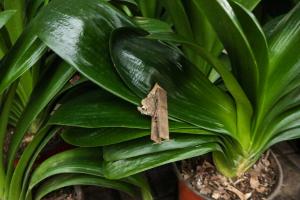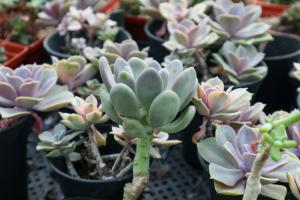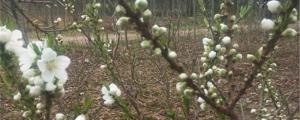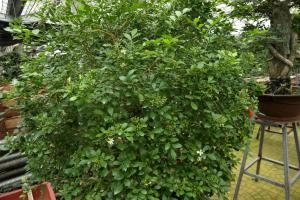What Is the Rarest Plant in the World?
Plants are essential to our world, providing oxygen, food, and medicine. Some plants are more common than others and some are quite rare. But what is the rarest plant in the world? Let's explore this topic further.
What Makes a Plant Rare?
There are many factors that contribute to a plant's rarity. One of the primary reasons is habitat loss. As we continue to develop and use land for agriculture, urbanization, and mining, we destroy the natural habitats of many plant species. Other factors include climate change, over-harvesting of certain plants, and invasive species.
The Paphiopedilum rothschildianum: The Rarest Plant in the World?
The Paphiopedilum rothschildianum is a rare species of orchid that is often considered the rarest plant in the world. This stunning orchid is native to Borneo and has a unique flower that can grow up to 12 inches across. It also has a distinct purple and white coloration that makes it a popular choice for collectors.
Unfortunately, the Paphiopedilum rothschildianum is facing extinction due to habitat loss and over-harvesting. In fact, it is estimated that there are only around 2,000 plants left in the wild. While efforts are being made to protect the species, it remains one of the rarest plants in the world.
Other Rare Plants
While the Paphiopedilum rothschildianum may be the rarest plant in the world, there are several other species that are also quite rare. For example, the Ghost Orchid is a rare flower that is native to Florida's swamps and wetlands. It is known for its ethereal appearance and its ability to blend in with its surroundings.
Another rare plant is the Corpse Flower, which is native to Indonesia. This plant is known for its foul odor, which is similar to the scent of rotting flesh. While it may not be the rarest plant in the world, it is certainly one of the most unique.
What Can We Do to Protect Rare Plants?
Protecting rare plants is crucial to preserving the biodiversity of our planet. There are several things that we can do to help protect endangered plants. One of the most important steps is to support conservation organizations that work to protect plant species.
Another step is to be mindful of our own impact on the environment. This means reducing our use of plastics, recycling, and conserving energy. By making small changes in our daily lives, we can help protect the habitats of rare plants and ensure their survival for generations to come.
Conclusion
While the Paphiopedilum rothschildianum may be the rarest plant in the world, there are many other species that are also facing extinction. By taking steps to protect these plants, we can ensure that they continue to play an important role in our world. So let us all become advocates for our planet's amazing and unique plant life by doing our bit to protect it.

 how many times do yo...
how many times do yo... how many planted tre...
how many planted tre... how many pine trees ...
how many pine trees ... how many pecan trees...
how many pecan trees... how many plants comp...
how many plants comp... how many plants can ...
how many plants can ... how many plants and ...
how many plants and ... how many pepper plan...
how many pepper plan...
































